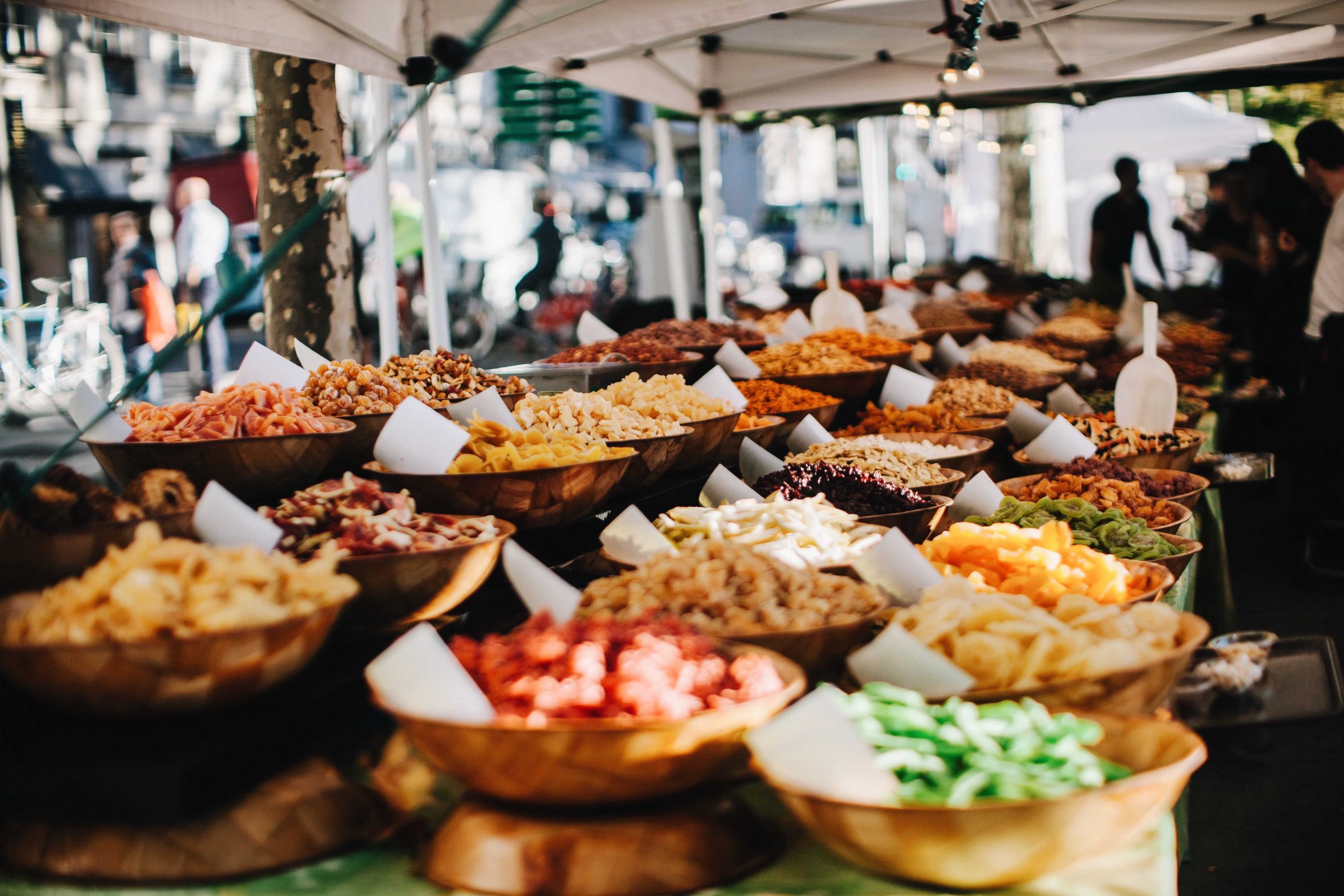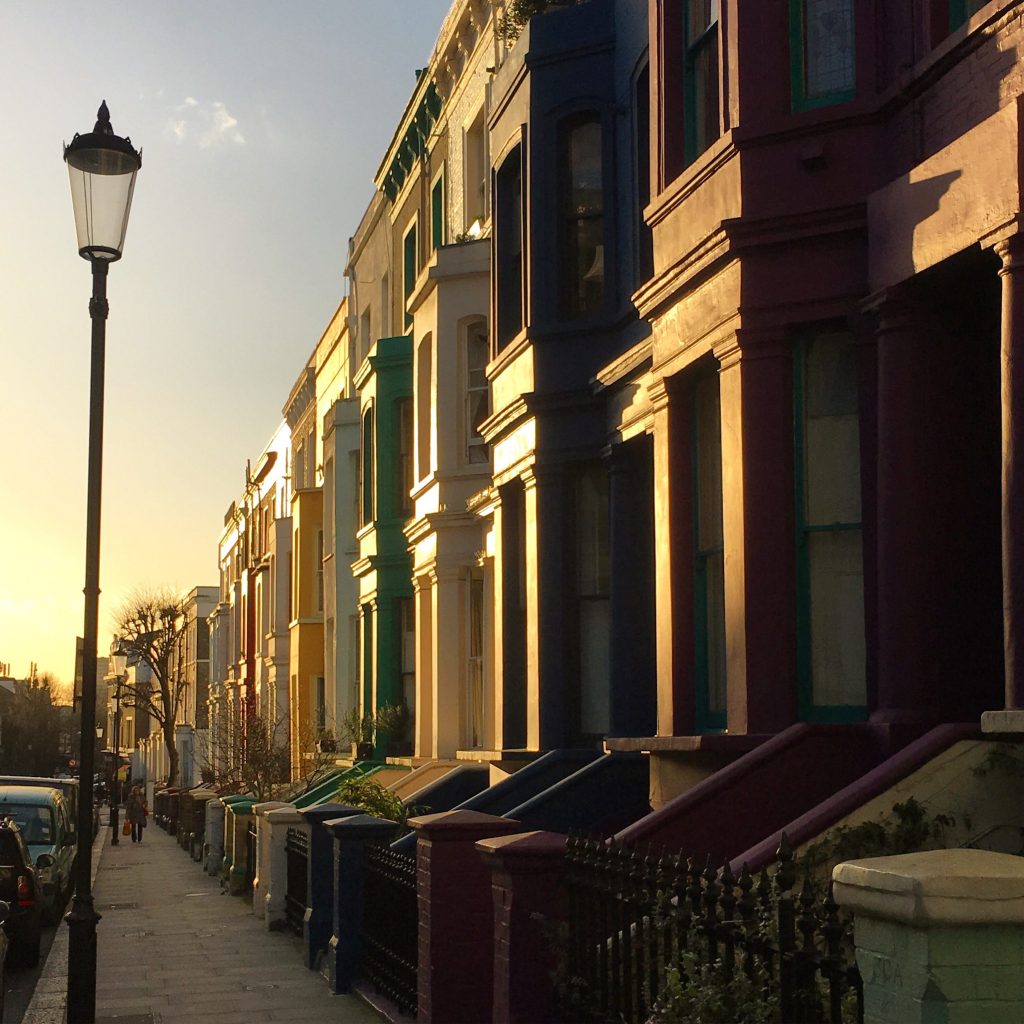What to Know about Portebollo Road Market in London

Everything about Portebollo Road Market in London

Market opening times
09:00 – 18:00 Monday To Wednesday
09:00 – 13:00 Thursday
09:00 – 19:00 Friday
09:00 – 19:00 Saturday
00:00 – 00:00 Sunday (closed)
The Portobello Road Market is one of the richest and most renowned markets in the world. Having an international reputation for its second-hand antiques on its booths, Portobello Road is also one of the ten most visited centres in London. That is why even those who are not interested in antiques do not return without stopping by the Portobello, for the sake of observing people from all over the world.
History of Portebollo Market
The market got its name Portobello when, in 1793, British admiral Edward Vernon seized the town of Puerto Bello, which was in present-day Panama and lived on silver importation, during the colonial wars, and wanted to name a street in the country after this beautiful town.
In order for Portobello Road to take its current appearance, it had to wait for the Victorian era. Before 1850, Portobello Road, which looked like a road covered with orchids connecting the Portobello farm and Kensal Green district, increased in value in the second half of the 19th century when it remained in the middle of the rich stratum Paddington and Notting Hill, where the mansions of the people, artists and writers were located. Ladbroke Grove station, which is affiliated with Hammersmith and City Line, completed in 1864, also helped popularize the road, leaving the orchids to brick structures. Today, Portobello has become one of the popular destinations west of the centre of London because of its market and hosting communities from different cultures.

What is in the Portebollo Market in London?
In fact, Portobello Road Market, which consists of four intertwined markets, has over two thousand stands and at its entrance close to Notting Hill subway station, from antiques to jewellery, from coins to paintings from different parts of the world, from silver sets to antique materials that only attract collectors’ attention that you will not find in other markets.
When you continue to the market, you will see that antique shops are followed by stylish bars, restaurants and cafes. Just behind the cafes, fruit and vegetable stalls start on both sides. Although the products here have the most exorbitant prices you will find in the city, considering that most of them are organic and exotic and that the visitor has the power to afford it. Even the rotten fruits left at the end of the day are not sold, they are thrown away. This episode of the market is also of special importance as it gave its name to the Julia Roberts-Hugh Grant romantic comedy Notting Hill.
The flea market of Portobello Road starts just behind the fruit and vegetable stalls, behind the bridge you encounter. In this section, which is reminiscent of the Camden Town market, different kinds of items from retro clothes to records, second-hand books to jewellery and stands where examples from different countries are presented. The most liked Portuguese food shops in the city are also located in this part of the market.
The latest addition to the market is the Handicrafts section established near Tavistock Piazza, which is connected to Portobello Road in order to support the local people to develop their interest in art.



